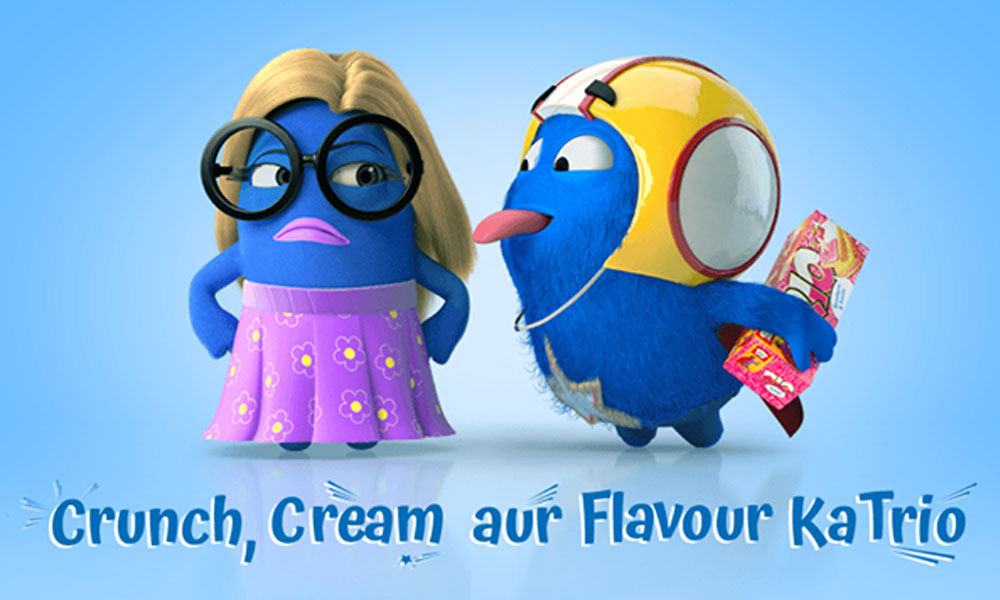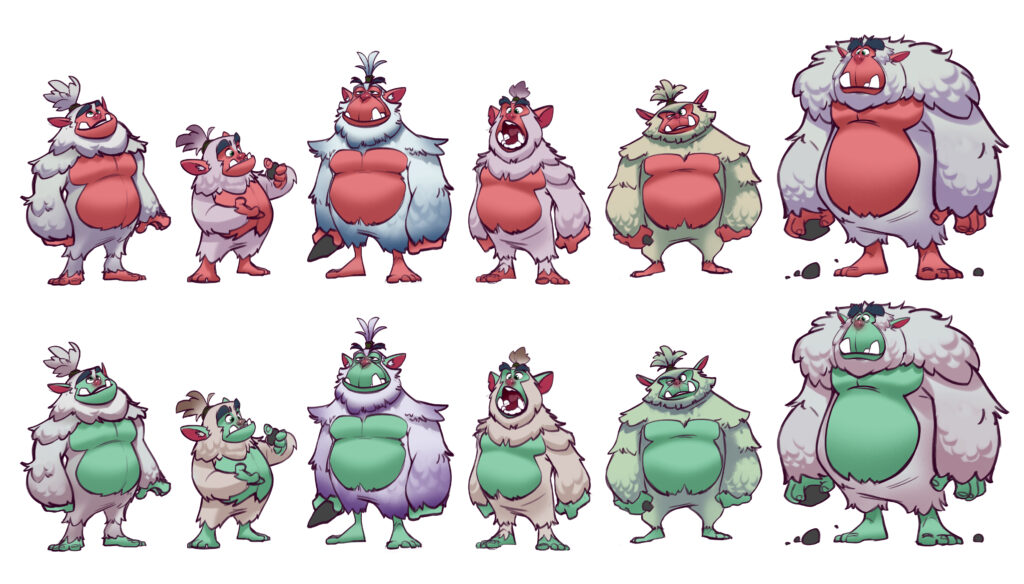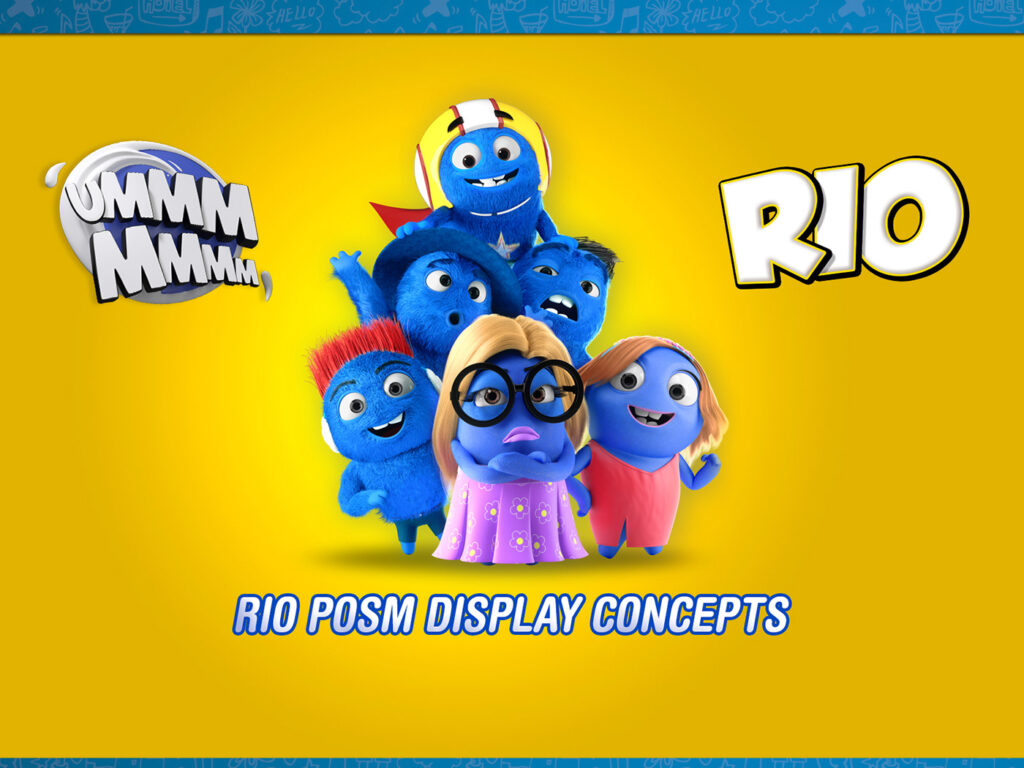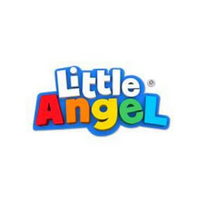
In the world of advertising, animated serial campaigns and engaging storytelling has become an essential element in creating successful marketing campaigns.
This is especially true for commercial animated serial campaigns, where the goal is to showcase snippets of the series’ story line in a way that generates intrigue and compels viewers to want to learn more. A compelling narrative can significantly enhance the impact and memorability of the campaign, and effective expressing techniques, such as suspense, humor, or emotional moments, can help generate interest and excitement. In fact, a good story-line is often considered one of the main characteristics of the best marketing campaigns of all time.
When it comes to effective commercials animated serial campaigns, engaging story acts as the crucial third pillar, complementing the other two pillars: Unique Concept and Compelling Characters. While high-quality animation, Unique Concept and Compelling Characters are essential for a visually appealing and coherent campaign, it is the power of storytelling that truly connects with audiences on an emotional level and leaves a lasting impression. Here, we explore the significance of engaging storytelling in creating an effective commercial animated serial campaign.
1- To pique the interest of the animated serial campaigns: One of the primary purposes of an animated serial campaign is to pique the interest of the target audience and entice them to engage further with the series. Through effective story line, marketers can create a sense of intrigue and curiosity, compelling viewers to want to learn more about the characters, their journeys, and the overall narrative. By presenting snippets of the story line in a way that captivates the audience’s attention, marketers can build anticipation and generate excitement for the upcoming series.
2- To Suspense the imagination of the viewers of the animated serial campaigns: this is a powerful and engaging storytelling technique that can be used to create anticipation and keep viewers engaged. By strategically revealing small parts of the storyline while leaving important questions unanswered, marketers can create a sense of mystery and suspense that leaves audiences wanting more. This approach keeps viewers on the edge of their seats and motivates them to tune in to the series to find the answers they seek.

3-Using humor to create more effective commercial: Humor is another engaging storytelling tool that can help captivate audiences and make a animated serial campaigns more memorable. By injecting well-crafted humor into the snippets of the series, marketers can create a positive and entertaining experience for viewers. Funny moments can help break through the clutter of traditional advertising and establish a connection with the audience, making them more effective commercial to remember and engage with the campaign.
4- Have emotional moments in effective commercial story line: Emotions can evoke powerful responses from viewers. By incorporating relatable and emotionally resonant scenes into the campaign, marketers can create a deep connection with the audience. Emotional storytelling can touch viewers’ hearts, elicit empathy, and create a lasting impression, ultimately driving them to develop a strong affinity for the animated serial campaigns.
5- To create the sense of coherence in the stories of the animated serial campaigns: A well-crafted story line also helps to create a sense of coherence and purpose in the campaign. By developing a narrative arc that connects the snippets of the series, marketers can provide a cohesive and compelling viewing experience. This cohesion not only ensures that viewers can easily follow the story but also enhances their engagement by fostering a deeper understanding of the characters and their motivations.
6- Provide an exclusive style of storytelling to have an effective commercial: a good storyline serves as a key differentiator in a crowded advertising landscape. In today’s media-saturated world, consumers are bombarded with countless marketing messages. A compelling narrative can help a commercial animated serial campaign stand out from the competition by offering something more than just a sales pitch. By providing an engaging storytelling that resonates with the audience’s interests, marketers can create a memorable experience that captures attention and drives brand loyalty.
In conclusion, engaging story plays a vital role as the third pillar in creating an effective commercial animated serial campaign. By utilizing effective storytelling techniques such as suspense, humor, and emotional moments, marketers can generate interest, excitement, and a strong desire to learn more about the series. A well-crafted storyline enhances the impact and memorability of the campaign, creates a sense of coherence, and helps the campaign stand out in a crowded advertising landscape. With its power to connect with audiences on an emotional level, engaging story is a crucial element in developing the best marketing campaigns of all time.
If you are interested in this subject and want to know about the the other pillars, you can follow our special page created to talk about commercial campaigns
If you want to turn your concept into an animated reality, then we are who you need. Visit our film showcases to understand better what we can do for you. Check Phoenix news to get regular updates on our ever-expanding services, such as facilitation.
Contact US today and begin the journey of turning your vision into a work of art. Also you are very welcome to Dubai – Business bay, to visit us at our Dubai branch office.
More blogs and news, kindly Follow the Phoenix Blogs …
Frequently asked questions
Why is story important in creating successful marketing campaigns?

Story is crucial in creating successful marketing campaigns because it enables brands to connect with their target audience on an emotional level. A compelling story captures attention, engages emotions, and leaves a lasting impression. By weaving narratives that resonate with the audience’s desires, challenges, or aspirations, marketers can build strong brand affinity and loyalty. Story humanizes the brand and animated serial campaigns, making it relatable and memorable. It helps to differentiate the brand from competitors, as people are more likely to remember and engage with a story rather than a simple sales pitch. Effective story creates a deeper connection, generates interest, and ultimately drives consumer action.
How does engaging story enhance the impact and memorability of a commercial animated serial campaign?

Engaging story enhances the impact and memorability of the commercial animated serial campaigns by capturing the audience’s attention and creating a lasting impression. Through a compelling narrative, viewers become emotionally invested in the characters and their journeys, fostering a deeper connection. This connection leads to increased engagement, as viewers eagerly anticipate and seek out more information about the series. By incorporating elements such as suspense, humor, and emotional moments, storytelling creates an immersive experience that resonates with the audience. This heightened engagement and emotional resonance make the campaign more memorable, increasing the likelihood of viewers remembering and sharing it with others.
What storytelling techniques can be used to generate interest and excitement in the target audience?
Several storytelling techniques can be employed to generate interest and excitement in the target audience. Suspense is an effective technique that involves strategically revealing parts of the story while leaving important questions unanswered, creating a sense of anticipation. Humor can captivate the audience by injecting well-crafted comedic moments into the narrative, making the animated commercial campaigns more enjoyable and memorable. Emotional and engaging storytelling, on the other hand, can elicit powerful responses by incorporating relatable and emotionally resonant scenes that touch viewers’ hearts. By combining these techniques, marketers can create a dynamic and engaging story that captures the audience’s attention and compels them to want to learn more.
Why is storytelling important in creating successful marketing campaigns?
A well-crafted storyline serves as a powerful differentiator in a crowded advertising landscape. In today’s media-saturated world, where consumers are constantly bombarded with marketing messages, a compelling narrative stands out and captures attention. It offers something more than a typical sales pitch by providing an engaging and immersive experience. A well-developed and engaging storytelling creates a sense of coherence, purpose, and emotional connection with the audience. It resonates with their interests and aspirations, leaving a lasting impression. By differentiating itself through story, a effective commercial animated serial campaign can cut through the noise, stand out from competitors, and establish a unique identity that drives brand loyalty.
What are the main categories of stories?
Story is a timeless art that has been an integral part of human culture since ancient times. It serves as a means of communication, entertainment, education, and cultural preservation. Over the years, story has evolved into various categories, each with its unique characteristics and purposes. Here are the main categories of stories and detailed explanations about each:
Traditional Oral folk stories: One of the earliest forms of , traditional oral storytelling involves passing down stories, myths, legends, and folktales through spoken word. Before the advent of writing, oral story was the primary means of preserving cultural knowledge and traditions. Skilled storytellers captivated their audiences using voice modulation, gestures, and facial expressions. These stories often carried moral lessons, cultural values, and explanations of natural phenomena, strengthening the community’s identity and sense of belonging.
Written Stories: With the development of writing systems, storytelling expanded to the written word. Written story includes various literary genres such as novels, short stories, poems, plays, and essays. It allows for more intricate and detailed narratives, character development, and exploration of complex themes. Written storytelling enables authors to create richly imagined worlds, evoke emotions through prose, and communicate nuanced ideas. This category has played a significant role in shaping literature and preserving cultural and historical records.
Visual Stories: Visual storytelling relies on visual elements to convey narratives and emotions. This category includes films, television shows, animations, and graphic novels. Through the use of cinematography, acting, visual effects, and artistic illustrations, visual story can immerse the audience in captivating tales. It allows for a powerful and emotional impact through the combination of sight and sound, making it an effective medium for evoking empathy and understanding.
Digital Stories: In the digital age, storytelling has extended into the realm of technology. Digital story encompasses interactive narratives, video games, virtual reality experiences, and web-based storytelling platforms. This category allows for audience participation and engagement, enabling users to influence the story’s progression or even co-create content. Digital storytelling leverages technology to provide immersive and interactive experiences, blurring the lines between story and real-life experiences.
Non-Fiction Stories: Non-fiction story focuses on real events, people, and experiences. This category includes documentaries, biographies, memoirs, historical accounts, and journalistic pieces. Non-fiction storytelling aims to inform, educate, and raise awareness about significant topics and real-world issues. It plays a crucial role in preserving historical records, documenting human achievements, and shedding light on social and environmental challenges.
Marketing and Brand Stories: In the business world, engaging storytelling techniques are utilized for marketing and branding purposes. Brands create narratives around their products or services to connect emotionally with their target audience. By leveraging story, marketers can build brand loyalty, differentiate their offerings, and foster a lasting relationship with consumers. Brand storytelling often emphasizes the brand’s values, mission, and impact on customers’ lives.
Interactive Stories: Interactive storytelling engages the audience directly by allowing them to participate in the narrative. This category can be seen in “choose-your-own-adventure” books, interactive theater performances, and certain video games. In interactive narratives, the audience’s choices and decisions influence the direction and outcome of the story, making the experience more immersive and personalized. This form of story empowers the audience, giving them agency in shaping the story’s development.
Cultural and Social Stories: This category involves storytelling that reflects the values, beliefs, and traditions of specific cultures and societies. Through these narratives, communities pass down their heritage, customs, and collective memories, fostering a sense of identity and belonging among their members. Cultural and social storytelling plays a vital role in preserving cultural heritage and transmitting knowledge from one generation to another.
Personal Stories: Personal storytelling revolves around sharing individual experiences, memories, and emotions. This category includes personal essays, autobiographies, and digital storytelling through social media platforms. Personal story allows individuals to express their unique perspectives, connect with others on a personal level, and find catharsis through sharing their stories.
In conclusion, story is a versatile and powerful means of communication that has evolved across various categories throughout human history. From traditional oral tales to immersive digital experiences, story continues to captivate and inspire audiences worldwide. Each category serves distinct purposes, ranging from entertainment and education to cultural preservation and brand promotion. As technology advances, the boundaries of stories will continue to expand, shaping the way we communicate and understand the world around us.one another.
























